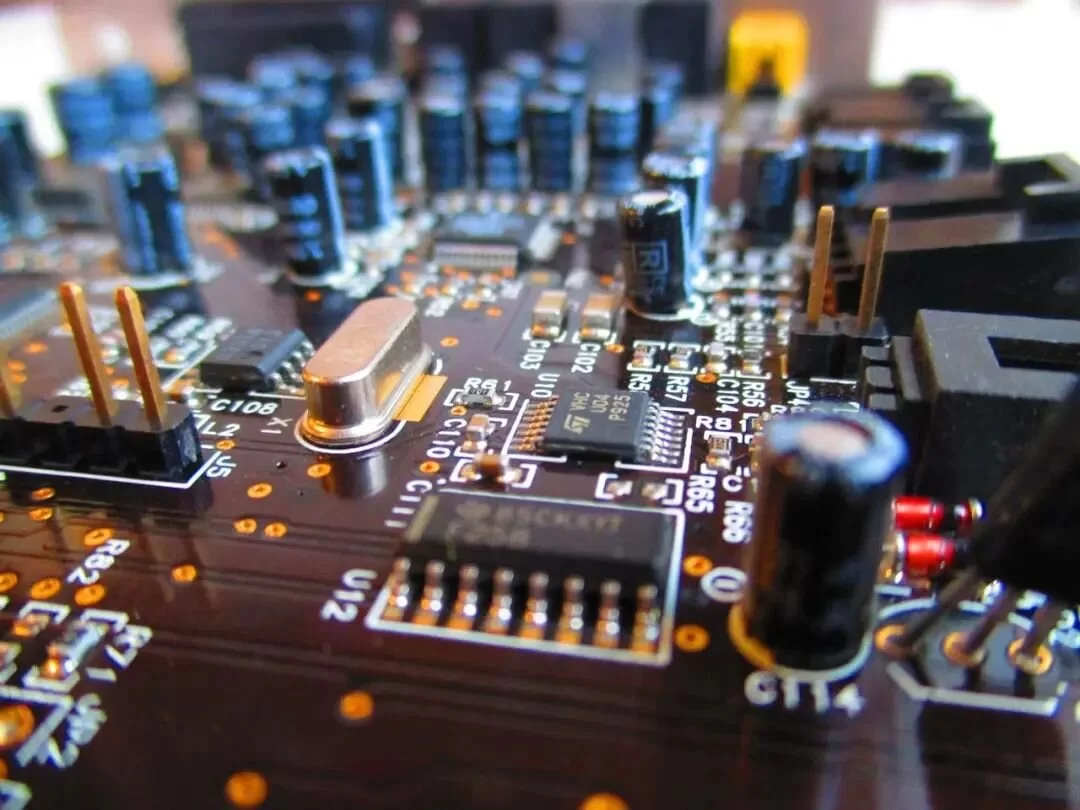PCB surface Mount Assembly(SMT), is the most popular technology and process in the electronics assembly industry, known as surface-mount technology. A circuit assembly technique in which surface mount elements without lead or short lead are mounted on the surface of a printed circuit board or other substrate and then soldered and assembled by reflow soldering or immersion soldering.
Therefore, SMT is referred to as a series of process flow which is processed on the basis of PCB. Surface-mount technology is a new generation of electronic assembly technology, the most popular technology and process in the electronic assembly industry. It compresses traditional electronic component into a device just a few tenths of its size.

pcb surface mount assembly
PCB surface Mount Assembly detailed flow:
1. Material Purchasing, processing and inspection: the material buyer will make the raw material purchasing according to the BOM list provided by the customer to ensure the production is basically correct. After the completion of the procurement of material inspection and processing, such as cutting needle row, resistance needle molding. Inspection is to better ensure the quality of production.
2. Screen Printing: Screen Printing, SMT is the first process. Screen printing refers to the solder paste or patch adhesive leakage to the PCB pad, for the preparation of components welding. With the help of a paste printer, the paste penetrates through a stainless steel or nickel template to adhere to the pad. If the wire mesh used for screen printing is not provided by the customer, the processor needs to be made according to the wire mesh file. At the same time, because the use of solder paste must be frozen, the need to pre-thaw solder paste to the appropriate temperature. The thickness of solder paste printing is also related to the blade, solder paste printing thickness according to PCB processing requirements to adjust.
3. Dispensing: in SMT processing, the glue used for dispensing is red glue, which drips onto the PCB to hold the components to be soldered and prevent the electronic component from falling off due to dead weight or instability during reflow soldering. Drop or solder joint. Dispensing can be divided into manual dispensing or automatic dispensing, according to process needs to determine.
4. Installation: SMC/SMD components can be quickly and accurately mounted on the PCB on the designated pad location, without damaging the components and PCB. Installation usually precedes reflow soldering.
5. Curing: curing is to melt the adhesive, the surface mount components fixed on the PCB pad, generally using heat curing.
6. Reflow: Welding of mechanical and electrical connections between terminals or pins of surface mount components and PCB pads by remelting paste solder predistributed on the pad. Depending on the effect of hot gas flow on the solder joint, the colloidal flux has physical reaction under certain high temperature gas flow to realize SMD welding.
7. Clean: after the soldering process is completed, the panel needs to be cleaned to remove the rosin flux and some solder balls to prevent them from short-circuiting between components.
8. Inspection: Check the welding quality and assembly quality of the assembled PCB assembly board. Aoi optical inspection, flying needle tester and ICT and FCT functional test are required.
PCB surface Mount Assembly technology features
The electronic product assembly density is high, the volume is small, the weight is light. SMD components are only about 1/10 of the size and weight of traditional plug-in components. In general, the volume of electronic products is reduced by 40% to 60% and the weight is reduced by 60% after the use of surface-mount technology. % ~ 80% .
High reliability, high vibration resistance, low solder joint defect rate, good high frequency characteristics, and surface-mount technology electromagnetic and radio frequency interference. And easy to achieve automation, improve production efficiency. Reduce costs by 30% to 50% . Save material, energy, equipment, manpower, time and so on.
PCB surface Mount Assembly component classification
In the processing and production of surface-mount technology chips, we are always exposed to a variety of materials, and electronic materials are divided into two types, surface-mount technology components and surface-mount technology devices. SMT elements, also known as SMC elements, include surface mount resistors, capacitors and inductors.
Surface mount resistors, whose resistance values are generally printed on the surface of the component, usually three or four digits. When a three-digit number is printed on the surface, the first two digits are valid numbers, and the third digit is added zero after the valid number.
There are four main parameters, namely, capacitance, size, error and coefficient. The capacitance value varies with the medium, and is generally expressed in three digits. For aluminum electrolytic capacitors, the darker one is called the negative. For ceramic capacitors, the capacitance value is not printed on the surface of the component, and the capacitance value of the same color and size of the component is different.
Surface mount inductors, also known as magnetic beads, are similar to surface mount capacitors, but darker in color and can be distinguished by a tester and measured inductance. Surface mount inductors are divided into wound type and non-wound type. The main parameters are size, error, inductance and so on.
Surface Mount Diode. Two common types are glass diodes and plastic-encapsulated diodes. Diodes are used in a wide range of applications, such as light-emitting diode in mobile phones. Diodes of different materials can emit different colors of light. It can withstand the pressure range, the different voltage will give off different brightness of light.
PCB surface Mount Assembly makes PCB assembly more and more efficient and ensures high quality.